Are hunters becoming endangered species?
This Sunday, Oct.1, small game hunters can commence their quests to spend enjoyable autumn days afield while also benefiting from the satisfaction of occasionally harvesting their own food, or at least some of the meat portion of their family's diet. Whether it's wild turkey, ruffed grouse, cottontail rabbit or squirrel, the query harvested via hunting is as honest and straightforward an endeavor as is growing your own vegetables.
A few generations ago, the general acceptance toward harvesting one's own food was widespread. But as recent generations have been forced to leave rural areas and scrambled to the larger urban areas to find better paying jobs, their ties with the earth and what it can provide us are evaporating. More and more, we have become hunters of the dollar while being totally dependant on third-party strangers to provide us with our food. Whether it's meat, vegetables or fruits, we normally have no true knowledge of where it actually came from or what it endured before we bought it. That's not the case when we harvest our own food.



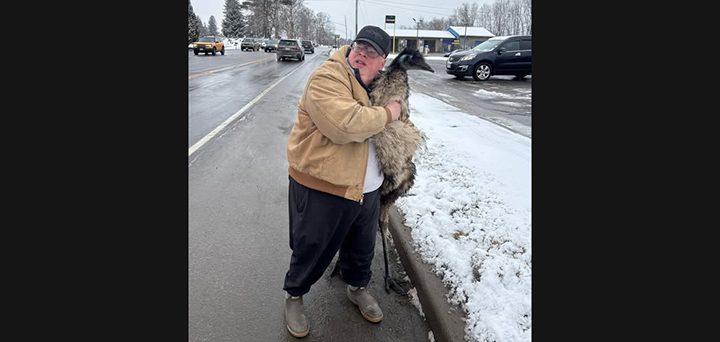
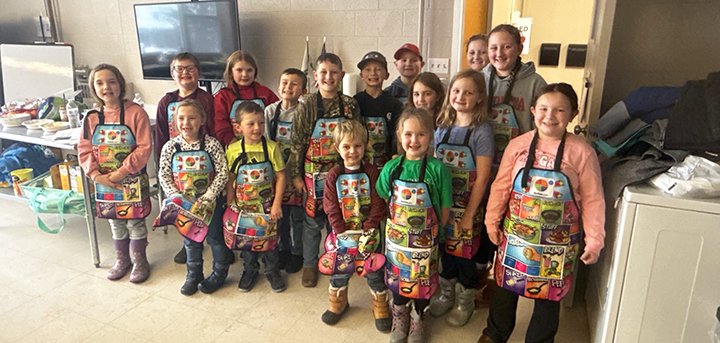
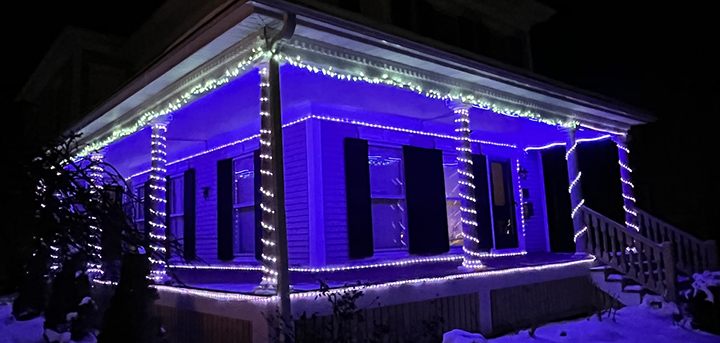

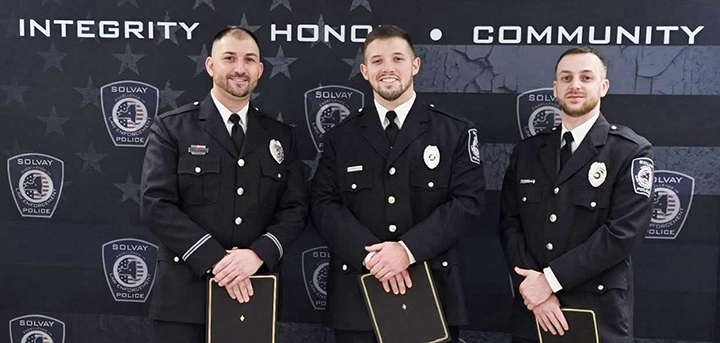
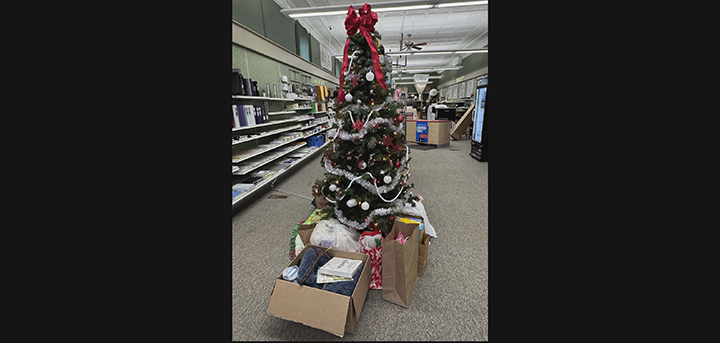
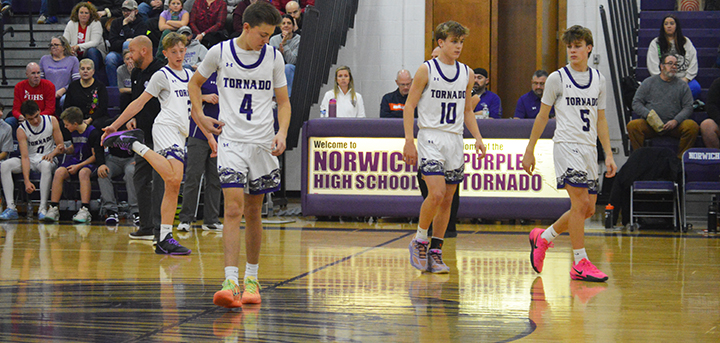
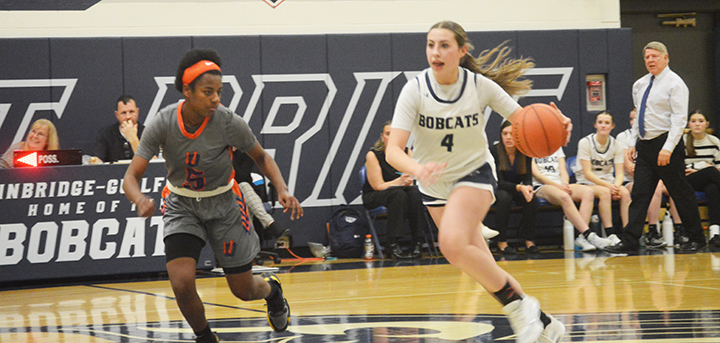

Comments